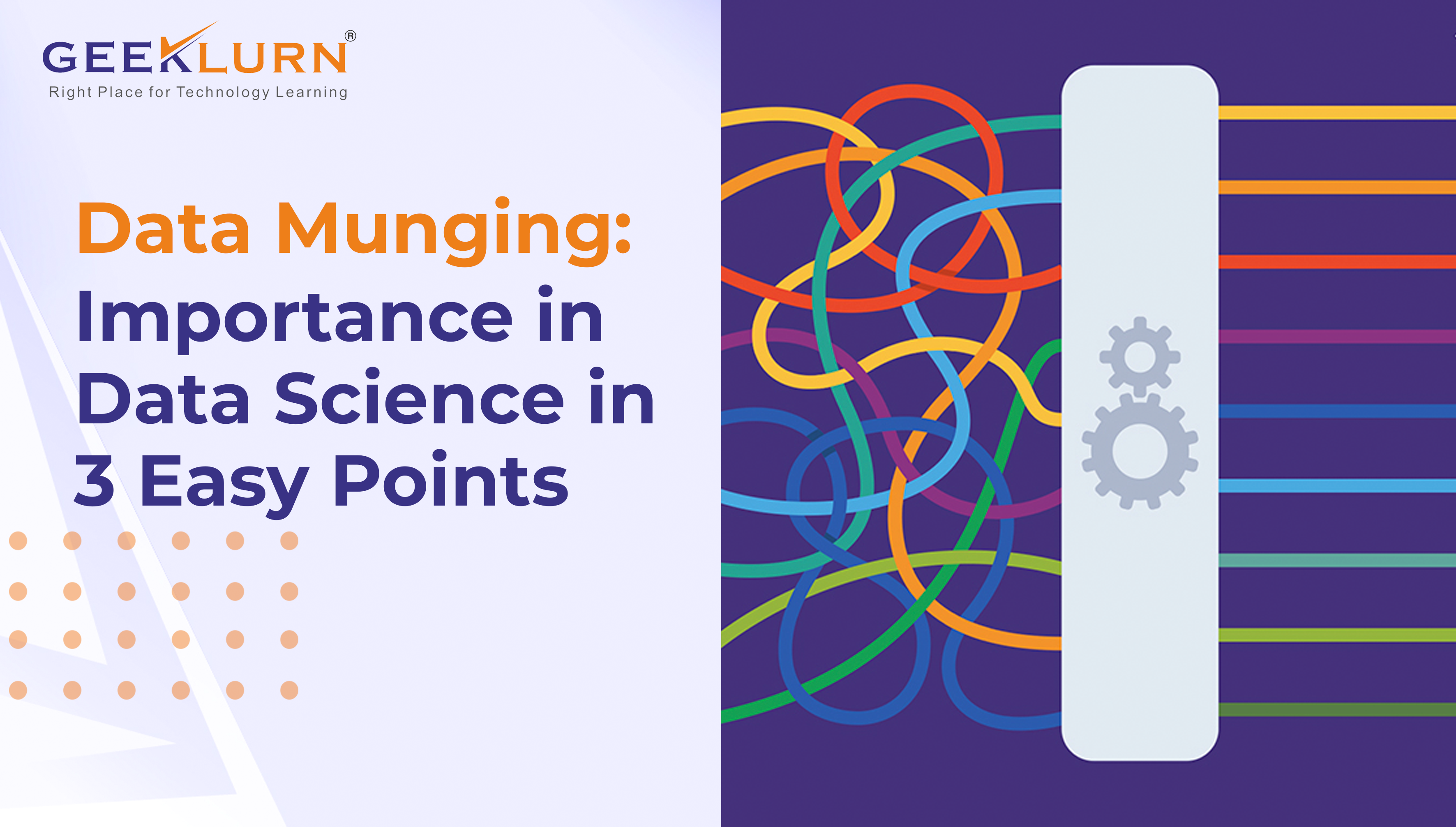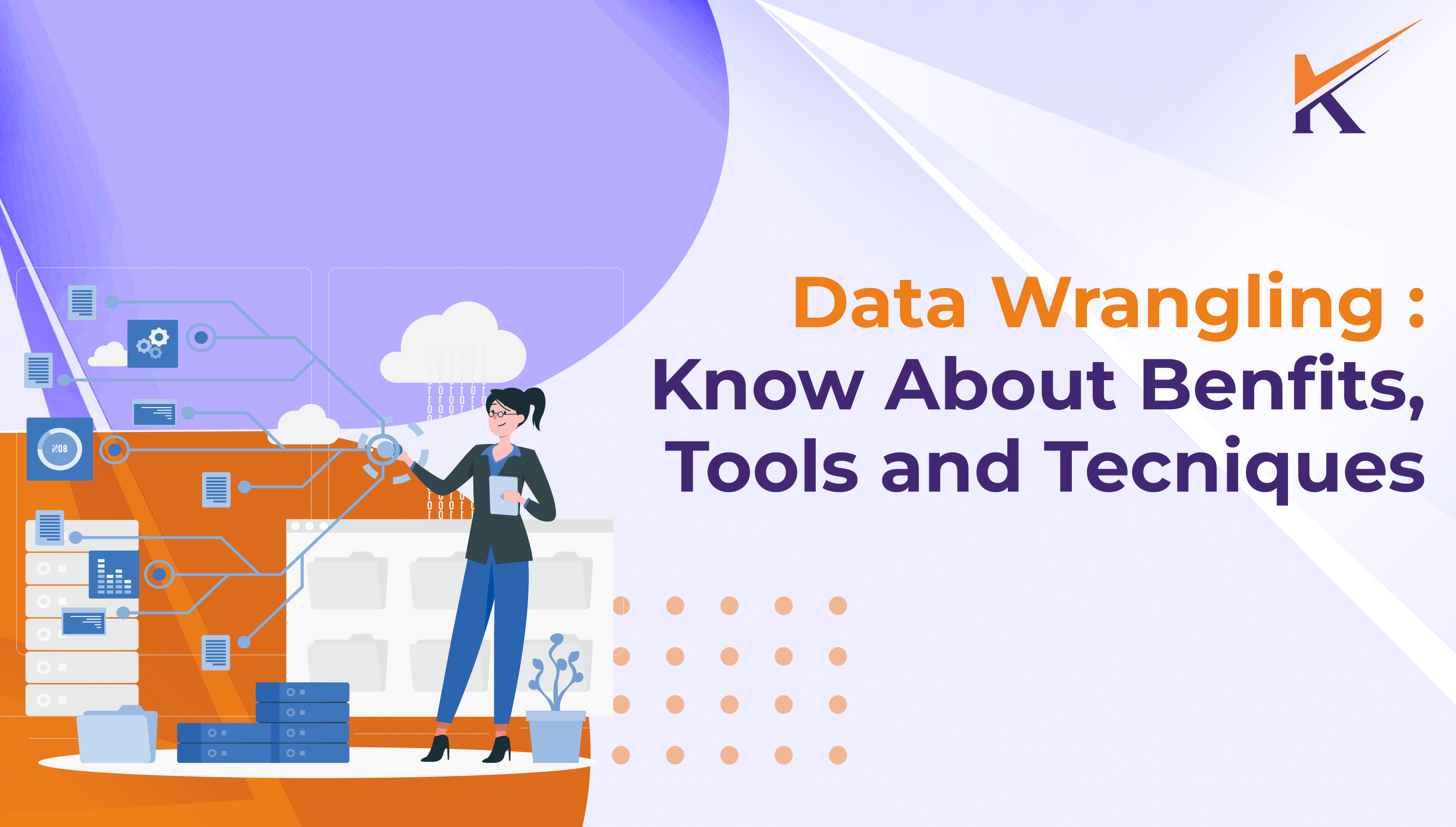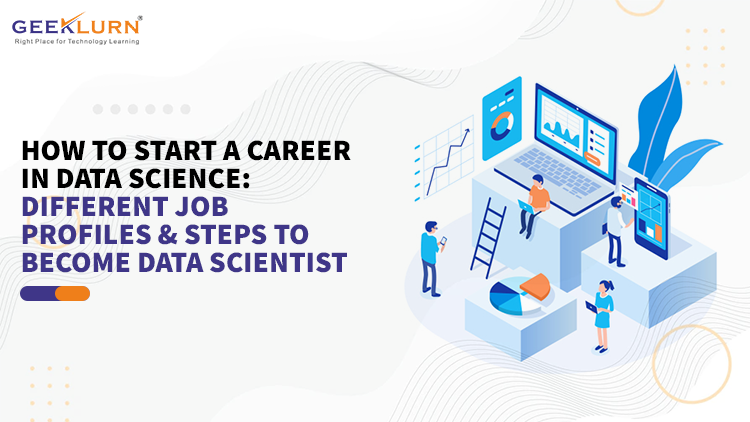Data munging is also called data wrangling. It is the process of changing data into a more digestible format from the original raw version. This cleansing makes it perfect for consumption by downstream users and systems. A few basic tools used are OpenRefine, Tabula, Spreadsheets and Google DataPrep. The global data wrangling market size stood at $1.5 billion in 2018 and is predicted to reach a whopping $5.6 billion by 2026, representing a CAGR of 18.4%. This industry has been flourishing, since complex datasets are a barrier to analysis, and wrangling revolutionised the tedious and time-consuming traditional processes of mastering multiple data sources.
GeekLurn, a partner of IBM and member of NASSCOM, has introduced a Data Science Architect Program, which offers online classes conducted by some of the most reputed experts in the industry as well as 2 years of research project experience. The program includes guidance from corporate specialists and boot camps with live webinars, all of which come together to offer excellent learning opportunities. Moreover, candidates who successfully complete the program are assured 100% placement.
To understand the concepts better, it’s important to know the key role of data munging or data sorting in the field of data science.
Table of Contents
1. Data Exploration
Before understanding what data munging is, it’s important to know about data exploration. This is the initial step of data munging used to visualise and explore data. It helps uncover insights from the beginning and spot patterns, characteristics and interest points to be able to dig deeper. This is done via statistical graphics or investigation methods to make it ready for deep and well-structured analysis. Successful exploration also requires an open mind, which makes it easy to refine and identify analytics problems and questions.
Features of Data Exploration
| R and Python are the most common languages used | Coding is not compulsory for data exploration |
| Follows 3 steps – understanding the variables, detecting any outliers and examining patterns and relationships | Involves the use of tools to understand / present data in the form of visual and interactive elements |
Benefits of Data Exploration
| Democratising data access and ensuring self-service analytics through visuals | Aligning relevant data and separating irrelevant data, with an understanding of the business |
Mapping can help produce high-quality and useful data, offering a business a competitive advantage.
2. Data Enrichment
This is also known as augmentation and is another crucial branch of data munging. The main idea is to enhance existing information by filling in the missing data. This process is achieved by implementing external data sources. The global market size of data enrichment solutions alone was valued at $1.65 billion in 2021 and is expected to reach $3.12 billion by 2029. These figures prove the importance of this step.
For instance, a company can use this to stay relevant to users with ads that address their requirements. This helps brands improve customer relations and give the impression that they care. In short, the process of data enrichment makes raw data more useful since enterprises are able to collect data that holds value for them.
3. Data Validation
Validation makes sure the data is correct in specific contexts. It is the final and most important stage of the data munging procedure. The 3 main types are data range validation, data code validation and data type validation. It also provides:
- Cleanliness
- Accuracy
- Completeness
All these steps enable analysts to help big and small businesses rely on data to arrive at critical decisions. Validation is a must since it is one of the few ways in which end-users may be convinced to trust the data. It allows users to spot incorrect mapping, typing errors, corruptions due to computational failure and problems with the transformation of steps. One can always go back to address any issues that may have been missed.
Data transformation is another important benefit that helps to change the data’s content and structure to new formats. This helps to make data appropriate for downstream processing. With this, data analysts can aggregate or reshape time series data.
Data munging has proved highly useful for detecting corporate fraud, supporting security, performing customer behaviour analysis, promptly recognising the business value of collected data and identifying trends for complete knowledge.






